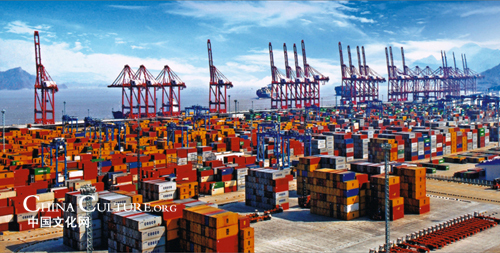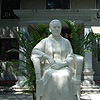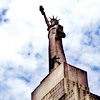On October 10, 1911, the Wuchang Uprising broke out. The next day, the revolutionaries took over the town of Wuchang. The rest of the country followed suit, with one province after another declaring independence from the Qing Dynasty government. As a result, the rule of the Qing Dynasty collapsed, marking an end to the feudal autocratic monarchy of more than 2,000 years and founding the first republic in Chinese history.
The Port of Ningbo-Zhoushan

In 2010, the annual cargo handling capacity of the Ningbo-Zhoushan port reached 627 million tons, making it the largest port not just in China but all over the world. In less than two years after the global financial crisis exploded in 2008, China took the lead in reversing the downturn of its economy.
Anonymous Photo
Editor: Shi Liwei
1、The Preparation of the Revolution
In November 1894, Sun Yat-sen setted up the Xingzhonghui in Honolulu. The next year in February, Sun built the headquarters of Xingzhonghui in Hongkong, and put forward the first guiding principle of the China democratic revolution.
2、The Uprising of the Revolution
The incompetent and corrupt rule of the Qing Dynasty caused extreme anger in Chinese people, finally, In June 1911, the Railway Protection Movement in Sichuan became the trigger of the Chinese Revolution of 1911.
3、The Success and Failure
December 1st, the Qing government signed the armistice with the revolutionary army, and the battle was stopped for three days. This truce is a key turning point that marks the revolution army changed the view from armed struggle to the politics of compromise.
4、Historic
The Chinese Revolution of 1911 is a great bourgeois-democratic revolution, which has far-reaching historic in modern Chinese history.




